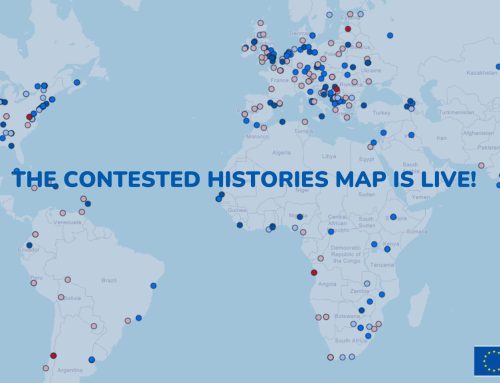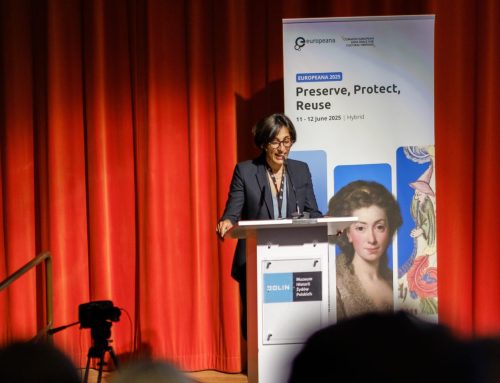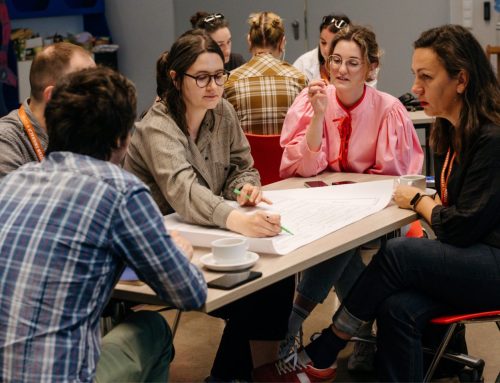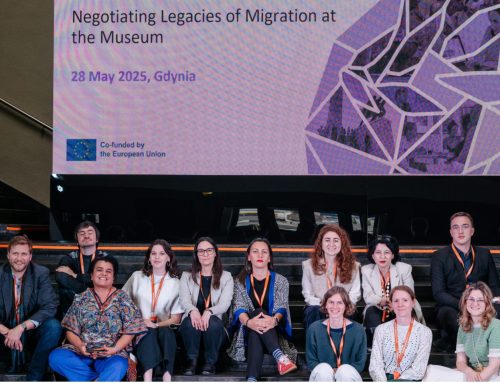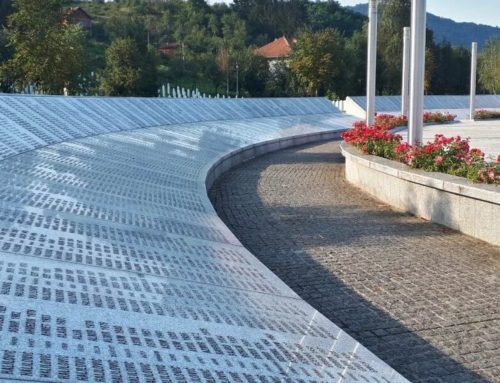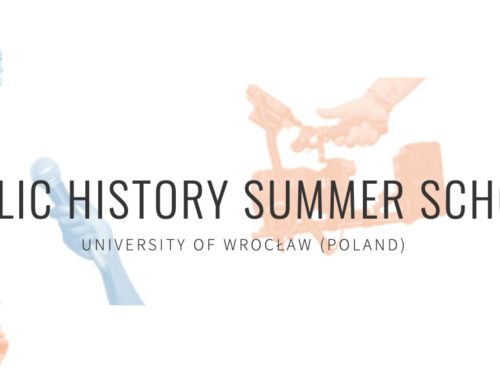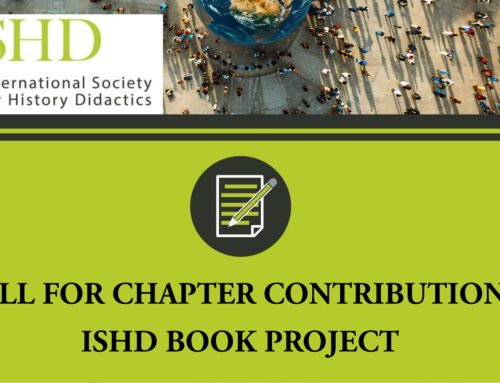The presence of minority or regional languages in Europe is a varied and complex situation, and those efforts to promote and support them often begin in childhood education. As a result, education has consistently played a crucial role in preserving these languages. The Spanish state boasts linguistic diversity within its territory, where multiple regional languages coexist, including Catalan, Galician, and Basque. This article will mainly focus on Basque, which stands out due to its uncertain origin and survival as a language. This survival is attributed to the socio-political adaptations made by the language to its national historical past.
Adapting to survive
Changes in state education policies have shaped the teaching of Basque, but above all, teaching in Basque. This article will briefly summarise the teaching history of a regional language such as Basque. During the 19th century, the vast majority of the Spanish population was illiterate, as literacy was reserved only for those belonging to the elite. With the forging of a modern national identity, the first educational laws were created in the whole Spanish country. This is the case of the Moyano Law (1857), which was a crucial step towards education reform in Spain, aimed at providing literacy and education to the lower classes. However, despite its efforts to bring education to all regions, the law did not achieve its objectives in the Basque Country. The region was soon dealing with the Second Carlist War (1873- 76), a conflict that further complicated the implementation of educational policies. This civil war led to a resurgence of Basque as well as an increase in the demand for Basque-language education. In this context, the first school entirely taught in Basque was established in 1896: the Kolejio-I kastetchea was founded by Resurrección María Azkue, which, despite much resistance, would be a milestone and a reference point for subsequent Basque schools and the teaching of Basque.
Decades later, after the civil war and during the first stage of Franco’s dictatorship, under the slogan “One, Great and Free”, nationalism and the Spanish language became the banner of a new regime that oppressed other regional identities. It is important to remember that, as Iban Iza says, the school became a weapon of indoctrination and “a tool for political and ideological control and the reproduction of ideology” (2011, p.32). Thus, Basque, like other regional languages of the state, was relegated to the private family sphere. Due to that situation, those incipient educational models in the Basque Country had to take new measures. This gave rise to a system of home schools where Basque was taught, often in private homes, that belonged to women who used to work as teachers. These schools were later known as ikastolas.
The ikastolas originated in the late 1950s as the vision and aspiration of fathers, mothers, and members of the Basque community to establish a school that would safeguard Basque nationalist identity and language. Quoting Iban Iza, this would be the distinguishing feature of the ikastolas from the other state schools of the time: “It is a practice outside the public/private scheme, that is to say, an activity of a civic nature” (Iza, 2011, p. 338). However, they soon had to be subjected to the state educational legal processes decreed by the dictatorship. In 1965, the Libro de Escolaridad, an educational law that sought to regularise state schools, was introduced. At this time, many of the ikastolas – hitherto clandestine – had to turn to parish institutions or other public schools to take over the enrolment of students from their schools. Shortly afterwards, in 1970, the dictatorship decreed a new education law: the General Education Law. This law made formal education compulsory in order to become a primary school teacher, destabilising the teaching body of volunteer fathers and mothers who had supported the ikastolas until then.
All this created a phase of internal restructuring of the ikastolas, with many becoming cooperatives and limited companies that would be self-managed and, therefore, self-financed. During the democratic transitional process, teaching in regional languages gained significant momentum. It was regularized with the endorsement of legal provisions like the Spanish Constitution (1978) and statutes of autonomy such as the Basque Statute of Autonomy (1982). These legal documents acknowledged the existence of diverse identities, nations, and languages within the Spanish State, leading to the official introduction of Basque into formal education. The supranational bodies also endorsed minority or regional languages, with the European Charter for Regional or Minority Languages (1992) coming into force.
Current challenges
The officialisation of Basque teaching involved many challenges at the outset, starting with teaching staff training and publishing teaching materials. In addition, all of this came hand in hand with a vital question: what Basque to teach? This question was part of the process of making this regional language official. However, it was also backed by great acceptance and demand from Basque society. Current challenges of teaching in the Basque language As far as education in the Basque language is concerned, society has undergone various changes, many of which are linked to the new global realities. These include the social prestige of Basque in comparison with other languages, teaching in Basque at the university level, and the arrival of immigrant students, the latter being the focus of the following section.
How does the increasingly notable arrival of international immigration affect teaching in Basque, and does the lack of knowledge of immigrant students’ language condemn them to more significant failure at school? And last but not least, is it part of the social exclusion of newly arrived pupils? To answer these questions, it is interesting to remember that, in the case of the Basque Autonomous Community, to guarantee the right to free enrolment, the public education network offers parents the possibility of choosing the language model of their choice, with three models:
- Model A (entire teaching in Spanish except for the subject of Basque Language and Literature),
- Model B (teaching in both Spanish and Basque),
- Model C (teaching in Basque except for the subject of Spanish Language and Literature).
When analysing the data on enrolment within the autonomous community, the difference between the provinces that make up the community is soon striking. While in Alava, enrolment in model A is around 35%, in the case of Gipuzkoa, it is almost 3%. Gorka Moreno, in his research on Basque and immigration, points out the importance of these data when talking about immigrant students and their learning of Basque, showing a clear correlation between the status of Basque in each historical territory and the percentage of pupils who achieve linguistic immersion (Moreno, 2020, p.39).
Furthermore, it would be a mistake not to take into account the socio-economic factor when talking about the linguistic immersion of immigrants, where the questions posed in the digital magazine El Salto are pertinent: “What interest is Basque for those who will end up in a job where they will never be required to know it, for those who will never have a place in the administration? Why learn Basque if nobody uses it in their environment?” (Martínez, 2021). In the study carried out by the Basque Government in October 2018 on the schooling of immigrant students in the autonomous school system, they sketched out specific challenges. The first and most important one was the achievement of equality, thus showing that segregation continues to be a challenge to be tackled. Until now, as Xabier Aierdi Urraza (2006) writes, the response has been to acculturate or assimilate, but for the last couple of decades, however, there has been talk of terms such as civic integration and even civic inclusion. Therefore, Basque society and public institutions know the need to offer educational models that meet the needs of newly arrived pupils in the Basque Country, trying to promote intra- and extracurricular programmes that help their integration. This is the aim of language immersion programmes such as Eusle, promoted by public institutions during the 2021-2022 academic year. The programme aims to help foreign pupils acquire linguistic competence in Basque and integrate into the classrooms of pupils of the same age.
In January 2024, the Basque Government proposed a project that decrees the challenges within the language policy field for the next decade: the AROA Programme. This shows that Basque public institutions continue trying to create a meeting place between Basque and the new challenges that contemporary society has experienced. They seek integration by facilitating the teaching of Basque in school and out-of-school settings through cooperation between different institutions. In conclusion, it can be said that despite the difference between minority languages within the European Union – for reasons such as the construction of nation-states – the teaching of and in regional languages within formal education has been so much a part of the cultural and linguistic richness of European societies that it has been a driving force for social cohesion within countries.
Sources
Aierdi Urraza, X. (2006), “Vías para la integración lingüística y cultural de los inmigrantes en la Comunidad Autónoma Vasca”, Vías para la integración lingüística y cultural de los inmigrantes en la Comunidad Autónoma Vasca – Basque Government – Euskadi.eus
“Educación abre aulas de inmersión lingüística en euskera para inmigrantes en 28 colegios”, El Diario Vasco, Educación abre aulas de inmersión lingüística en euskera para inmigrantes en 28 colegios | El Diario Vasco.
“The Governing Council approves the ‘Aroa’ strategic framework to continue revitalising the Basque language over the next decade”, Euskadi.eus (2024), The Governing Council approves the ‘Aroa’ strategic framework to continue revitalising the Basque language over the next decade – Basque Government – Euskadi.eus
“La enseñanza de lenguas cooficiales, regionales o minoritarias por Administración educativa” La enseñanza de lenguas cooficiales, regionales o minoritarias por Administración educativa – Redie- Eurydice | Ministry of Education, Vocational Training and Sport (educacionyfp.gob.es).
Martínez, J.M. (2021), “Segregación escolar y euskera”, El Salto, Educación | Segregación escolar y euskera – El Salto – Hordago (elsaltodiario.com).
Further Research
Basurto Motrico, F. (1989) La normalización de la Ikastola: breve historia y Estado de la cuestión de la escuela pública vasca, Universidad del País Vasco, 139- 165.
Eusko Jaurlaritza, (2018) Atzerritar jatorriko eskolatzea EAEko eskola-sisteman. Diagnostikoa eta esku hartzeko neurri berriak, 1-93.
Fernández-Ulloa, T. (2005) Bilingual Education in the Basque Country: Problems and Challenges, California State University, 705-729.
Article by: Maider Andreano Antia, history teacher in the Basque Country.


